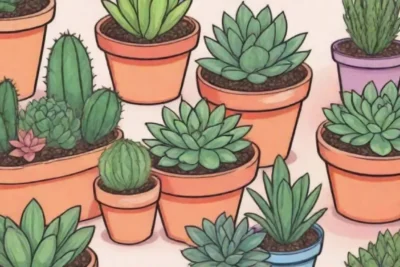
Toxic vs. Non-Toxic Succulents: A Complete Comparative Study
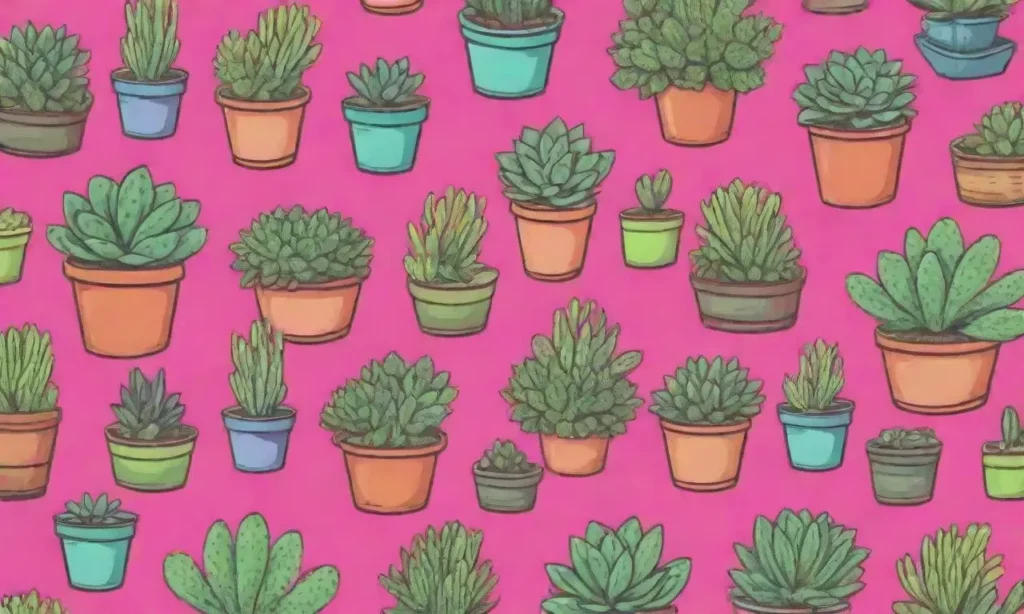
Introduction
Succulents have gained immense popularity among plant enthusiasts, thanks to their unique aesthetics, low maintenance requirements, and exotic appearance. These hardy plants, characterized by their thick, fleshy parts, have adapted to store water in their leaves, stems, or roots, making them ideal for both novice and experienced plant owners. However, it's essential to understand that not all succulents are safe for households, particularly for families with children or pets. This article aims to explore the crucial distinctions between toxic and non-toxic succulents, helping you make informed decisions about the plants you choose to bring into your home.
In this comprehensive study, we will delve into the characteristics of both toxic and non-toxic succulents, examine the potential health risks associated with toxic varieties, and highlight some safe options for your indoor or outdoor gardens. We will also provide tips for creating a safe environment when handling these plants.
Understanding Toxic and Non-Toxic Succulents
What Makes a Succulent Toxic?
The term "toxic" refers to plants that contain harmful chemicals or compounds that can cause adverse reactions in humans or animals if ingested, touched, or inhaled. In the context of succulents, certain species might contain specific compounds such as alkaloids, saponins, or oxalates, which can lead to symptoms ranging from mild irritation to severe poisoning.
For example, the Euphorbia family—often mistaken for true succulents—includes a variety of species that produce a toxic, milky sap. When contact is made with the skin or eyes, this sap can cause severe irritation. Ingesting parts of such plants might lead to symptoms like nausea, vomiting, and diarrhea, particularly detrimental to pets and young children due to their smaller size and developing systems.
Non-Toxic Succulents and Their Benefits
On the flip side, non-toxic succulents are safe to have around children and pets. These plants do not produce harmful chemicals that pose health risks if ingested or touched. The advantages of incorporating non-toxic succulents into your environment extend beyond their safety. They can enhance the atmosphere in your living spaces, improve your mental health through their aesthetic appeal, and help purify the air. Plants like Haworthia and Sedum are excellent examples of non-toxic succulents.
Non-toxic succulents also tend to require similar care to their toxic counterparts, including adequate sunlight, well-draining soil, and infrequent watering. Their resilience makes them an excellent choice for both seasoned gardeners and beginners. By choosing non-toxic varieties, you can enjoy the beauty and benefits of succulents while ensuring a safer environment for your loved ones.
Defining Risk Levels
It's important to note that different succulents come with varying degrees of toxicity. Mildly toxic succulents may cause discomfort upon ingestion but are typically not life-threatening. In contrast, highly toxic species can pose significant health risks, particularly if consumed in larger quantities. Therefore, familiarity with both the specific types of succulents and their associated risk levels is crucial for safe indoor gardening.
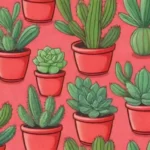 The Dos and Don’ts of Growing Toxic Succulents at Home
The Dos and Don’ts of Growing Toxic Succulents at HomeIdentifying Toxic Succulents
Common Toxic Succulents to Avoid
Some of the well-known toxic succulents that you should be aware of include the following:
Aloe Vera: While the gel is often hailed for its medicinal properties, the latex found in its leaves is toxic and can cause cramping and diarrhea if ingested in large amounts.
Jade Plant (Crassula ovata): Though non-toxic to humans, jade plants can cause vomiting and other gastrointestinal issues in pets, particularly dogs and cats.
Euphorbia Tirucalli (Pencil Cactus): Known for its unique appearance, this plant contains a milky sap that is extremely toxic. Even small contact can lead to skin irritation.
Mother of Thousands (Kalanchoe daigremontiana): This beautiful succulent is toxic to pets and can cause vomiting and other digestive problems.
Knowing which plants to avoid is vital for maintaining a safe environment, particularly in homes with children or inquisitive pets that might be prone to nibbling on plants.
How to Recognize Toxic Varieties
Identifying toxic succulents usually requires some research and an awareness of the plant species you plan to introduce to your home. Familiarizing yourself with common toxic characteristics—like the presence of milky sap or specific leaf structures—can aid in quicker identification. Many toxic succulents also have a unique, often vibrant character, which can make them stand out visually, yet they might pose significant risks if mistreated or misused.
 Succulent Poisonings: Real Stories and Safety Precautions
Succulent Poisonings: Real Stories and Safety PrecautionsAn excellent method for avoiding toxic plants is to rely on resources such as plant care books, online databases, or gardening groups that can provide comprehensive lists of both toxic and non-toxic varieties. Participating in community discussions can also help you gather firsthand experiences and recommendations.
Reading Plant Labels and Descriptions
When purchasing succulents, be vigilant about reading labels. Many garden centers and plant retailers provide detailed information about each plant, including potential toxicity, care instructions, and specific growing requirements. If the label lacks information regarding toxicity, don't hesitate to ask store attendants or search for details online before making your purchase.
Popular Non-Toxic Succulents
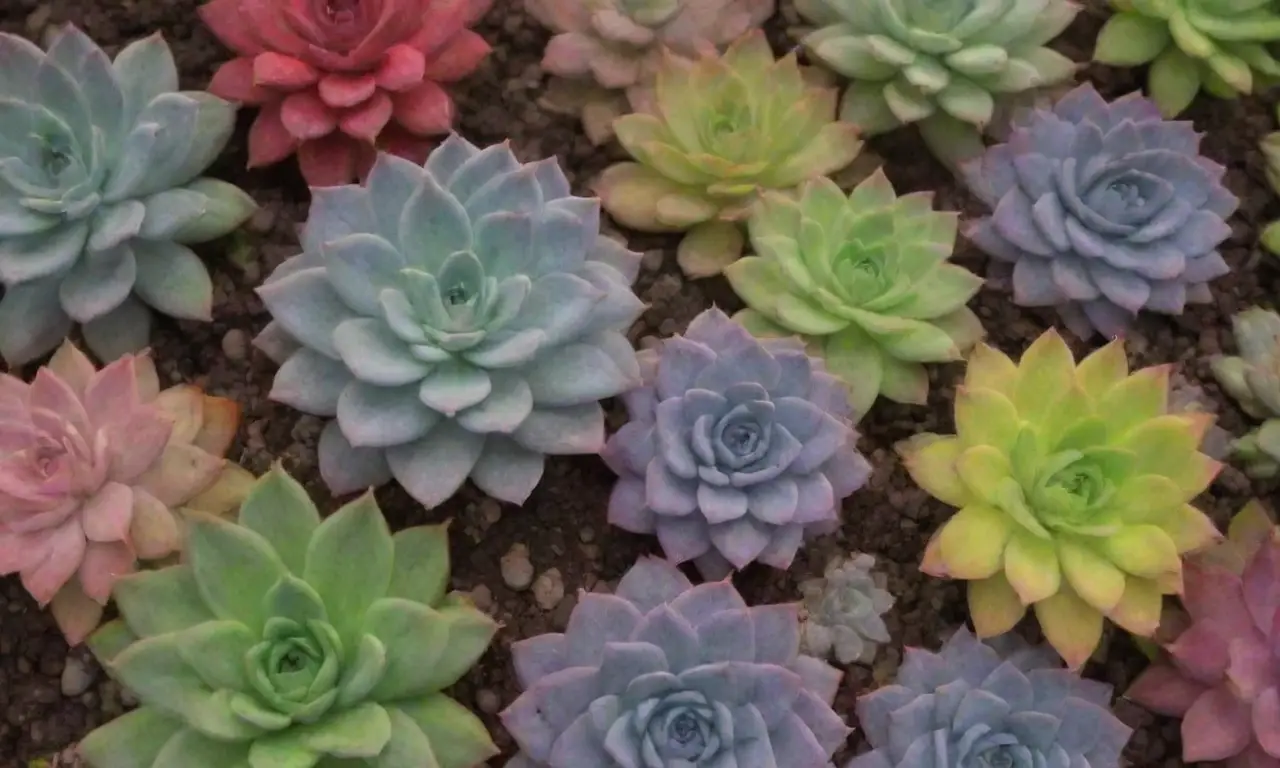
Highlights of Safe Succulent Species
Many succulents can beautify your home without posing health risks. A few notable examples include:
Haworthia: This rosette-forming succulent is perfect for indoor environments, as it thrives in a variety of conditions. It’s a resilient plant that does not cause harm to pets or humans and is known for its striking leaves.
Ponytail Palm (Beaucarnea recurvata): This unique succulent resembles a small tree and is extremely safe for both pets and people. It requires minimal maintenance and adds an interesting visual element to indoor spaces.
Christmas Cactus (Schlumbergera): Unlike many succulents, this plant blooms beautifully during the holidays. It not only boasts lower toxicity but also has impressive air-purifying abilities.
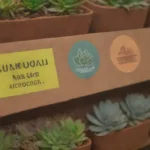 Keeping Kids Safe: Knowledge on Toxic Succulent Varieties
Keeping Kids Safe: Knowledge on Toxic Succulent VarietiesSedum (Stonecrop): Known for its thick, fleshy leaves, Sedums come in various colors and shapes. They adapt well to many climates and circumstances, with some varieties thriving even outdoors in less-than-ideal conditions.
Creating a Succulent Haven
By selecting non-toxic succulents, you can transform your living space into a relaxing haven. These plants can be arranged in clusters to create dynamic displays, or you may choose to incorporate them into terrariums for an artistic touch. Regardless of the selected arrangements, knowing that your choice of plants is not harmful will bring peace of mind.
Consider grouping non-toxic succulents to create living installations that bring vibrancy to your home. Additionally, these plants can be incorporated into various decorative pots, turning them into eye-catching centerpieces for tables, shelves, or windowsills. Creating a nurturing and safe environment for both plants and inhabitants adds to the overall ethos of indoor gardening.
Care Guidelines for Non-Toxic Succulents
Of course, selecting safe plants is only part of the equation; proper care is essential for thriving succulents. Non-toxic varieties generally require similar conditions to their toxic counterparts. Be sure to provide adequate sunlight, well-draining soil, and infrequent but thorough watering. Always monitor your plants for any signs of distress or disease, as healthy plants will support a happy ambiance in your home.
Incorporating non-toxic succulents into your gardening lifestyle not only provides joy and beauty but also promotes a safe and stress-free home for all family members—human and animal alike.
Creating a Safe Environment for Succulent Care
Preventing Accidental Ingestion
To foster a safe environment for both plants and family, it is crucial to take precautionary measures to minimize the risks associated with accidental ingestion. Educate children and pets about the importance of not eating or touching plants unless an adult is present. For eager nibblers—whether children or pets—consider placing toxic succulents out of reach, on high shelves, or behind closed doors.
Additionally, you can use visual and physical boundaries to segregate toxic succulents. Leveraging decorative plant stands to elevate dangerous plants is a practical solution that protects curious individuals from harm while enhancing the overall aesthetic of your space.
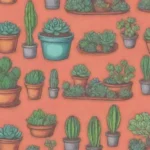 The Role of Chemical Compounds in Succulent Toxicity Levels
The Role of Chemical Compounds in Succulent Toxicity LevelsClose Monitoring and Plant Placement
It’s wise to monitor plants closely for any signs of distress, insects, or disease, as these issues can sometimes lead to plants being accidentally ingested or played with. Regular checks can help identify any potential problems before they escalate, ensuring that healthy specimens remain within the household.
Make it a routine to educate and remind family members about the importance of treating plants with respect. Establishing rules about approaching plants—especially toxic ones—and ensuring children follow them adds an additional layer of safety.
Integrating Education into Plant Care
Involving children in the care of non-toxic plants can foster a nurturing environment. As they learn to tend to plants safely, they develop a sense of responsibility and respect for nature. Educational activities can include identifying plants, learning about their growing conditions, and even engaging in creative pot painting. Teaching children about the unique properties of succulents can instill a greater appreciation for nature and its wonders, while emphasizing safety measures.
Overall, establishing a safe and beautiful succulent garden adds a layer of joy and beauty to your life. With the right education and tactics in place, you can create an environment that allows both people and plants to thrive harmoniously.
Conclusion
Understanding the distinctions between toxic and non-toxic succulents is essential for creating a safe and aesthetically pleasing environment in your home. The beauty of succulents lies not only in their unique shapes and colors but also in their ability to bring nature inside while contributing positively to our well-being. On one hand, toxic succulents can pose a risk to both humans and pets, making awareness and education crucial for safe gardening practices. Being informed about which plants to avoid empowers you to cultivate a healthy atmosphere.
On the other hand, the world of non-toxic succulents is vast and rich. Brands like Haworthia, Ponytail Palm, Christmas Cactus, and Sedum offer safe options that maintain their striking beauty and vibrant colors without compromising safety. By immersing yourself in the diverse and safe world of succulents, you can cultivate a beautiful space while ensuring that everyone in your home remains unharmed.
In contemplating the joys of gardening, remember the importance of care, vigilance, and education. Fostering an environment of curiosity and safety not only benefits the plants but also enriches the lives of those who care for them. Ultimately, educating yourself and your family about succulents will allow everyone to enjoy the splendor and serenity these plants can bring to life. Your indoor garden could flourish into a delightful and safe retreat, where beauty, education, and love can all thrive together.
 Do's and Don'ts: Handling Toxic Succulents Correctly
Do's and Don'ts: Handling Toxic Succulents CorrectlyIf you want to read more articles similar to Toxic vs. Non-Toxic Succulents: A Complete Comparative Study, you can visit the Toxicity Levels category.

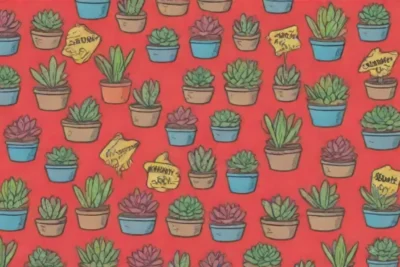
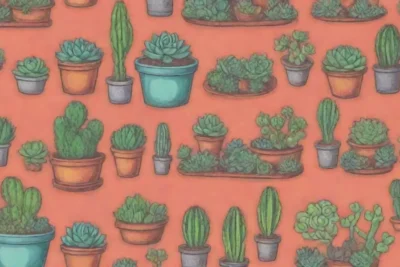
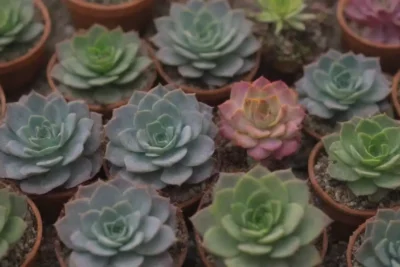
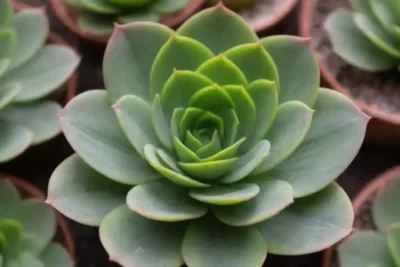
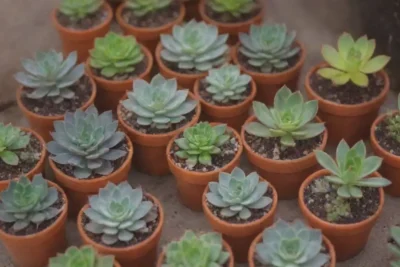
You Must Read